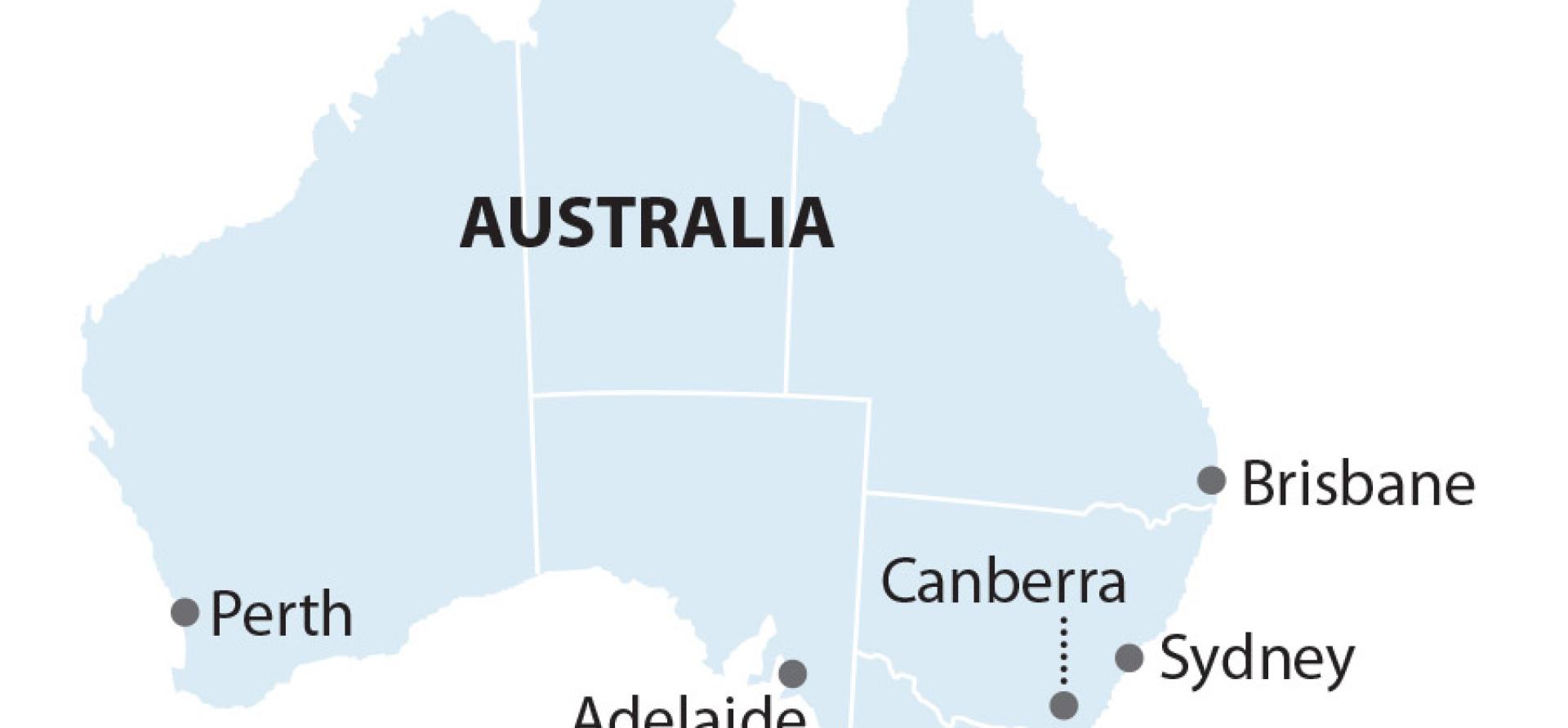IEEFA: Green buildings at centre in the future of electrification

The push towards electrification is gathering pace and will require smarter energy management to match demand with supply and provide the sorts of services that will support a renewable grid.
Markets and business models are evolving to meet this need, as are households.
The most important principle in the new energy-buildings-transport-technology nexus is that a rooftop is a resource to capture sunlight.
A solar panel is a technology to convert sunlight to electricity; a battery makes captured sunlight available at any time of day or night; an electric vehicle (EV) is a big battery that can also be used for transporting people or goods; and any hot water system can be used as a battery. As we move forward, lots of large household and commercial appliances and industrial processes will have the ability to be turned up or turned down.
Forget large generators of old. Small is beautiful … highly responsive and resilient
Telecommunications and smart software will connect all of these technologies — known as distributed energy resources (DER) — to create local power plants, whether in the form of a standalone power system, an isolated or connected microgrid, or a so-called “virtual power plant” (VPP) across a suburb, town or city.
Forget large generators of old. Small is beautiful. We can connect all of these distributed energy resources to create energy infrastructure that can be highly responsive and resilient.
Such infrastructure can be cheaper than large-scale renewable energy and storage because you are leveraging private investment in rooftop solar, battery storage and smart appliances.
At a rough conservative estimate, Australian households have invested more than $15 billion in rooftop solar alone. Total household and business investment in DER is more like $25 billion, and even if half of the car fleet goes electric at an average cost of $20,000 within 10 years, that’s $140 billion.
A new IEEFA report focusses on the many and varied emerging business models for VPPs in Australia. It highlights there are already about 20 commercially-available VPPs that household consumers can choose from and there is huge potential in commercial and industrial VPPs, although few commercially available products yet.
Household VPP offers vary from discounted batteries to high feed-in-tariffs to quarterly payments for access to the battery. On average, households can earn about $200/year participating in a VPP, which is a lot less than what they save from storing solar behind-the-meter.
That is because, at the moment, VPP margins are thin. VPP operators have several costs – most significantly the cost of developing the software to manage all the DER and to trade in markets, and the cost of customer acquisition. On the revenue side, there are currently six contingency Frequency Control and Ancillary Services (FCAS) markets and the wholesale market.
Batteries need to get bigger and more revenue streams need to be available to aggregated DER
For margins to fatten, two things need to happen. Batteries need to get bigger – they will, as EVs have six to 10 times the capacity of household wall batteries – and more revenue streams need to be available to aggregated DER. There are several possibilities here, including residential VPPs being allowed to participate in the wholesale demand response mechanism, and future essential system services markets. There is also scope for VPPs being able to provide network services.
VPP offers for households and commercial and industrial customers are available now because retailers and aggregators anticipate fatter margins in the future. In fact, it is fair to say that retailers who don’t start aggregating DER will struggle to make a profit in future.
To go back to the first principle: rooftops are assets.
In some commercial and industrial solar set-ups, rooftops are being leased. One party owns the roof, another owns the solar array and batteries and is trading in various energy markets. Alternatively, or in addition, a VPP provider may use sensors, hardware and software to manage the energy behind-the-meter whether that’s at a meatworks or in a mansion, optimising the use on-site and making electricity available to export when the transaction is profitable.
One could imagine a situation where carpark owners might offer discounted parking for EVs where they can trade electricity and grid services from these batteries on wheels.
In sum, the business models at the energy-buildings-transport-technology nexus are evolving fast and there are many opportunities for innovation.
This is an excerpt from a presentation given by Dr Gabrielle Kuiper at the Green Building Council of Australia TRANSFORM Conference in 24 March 2022.















